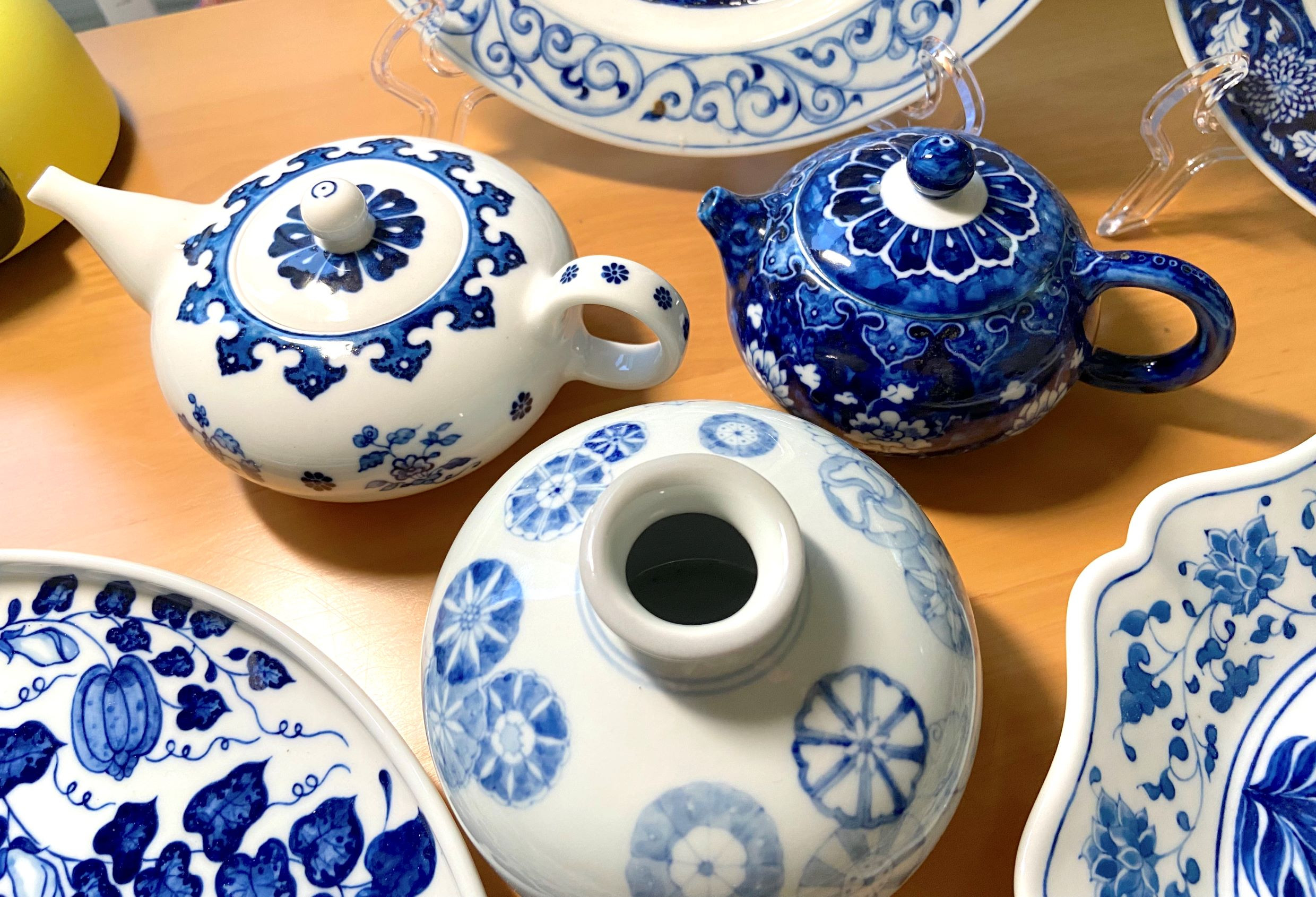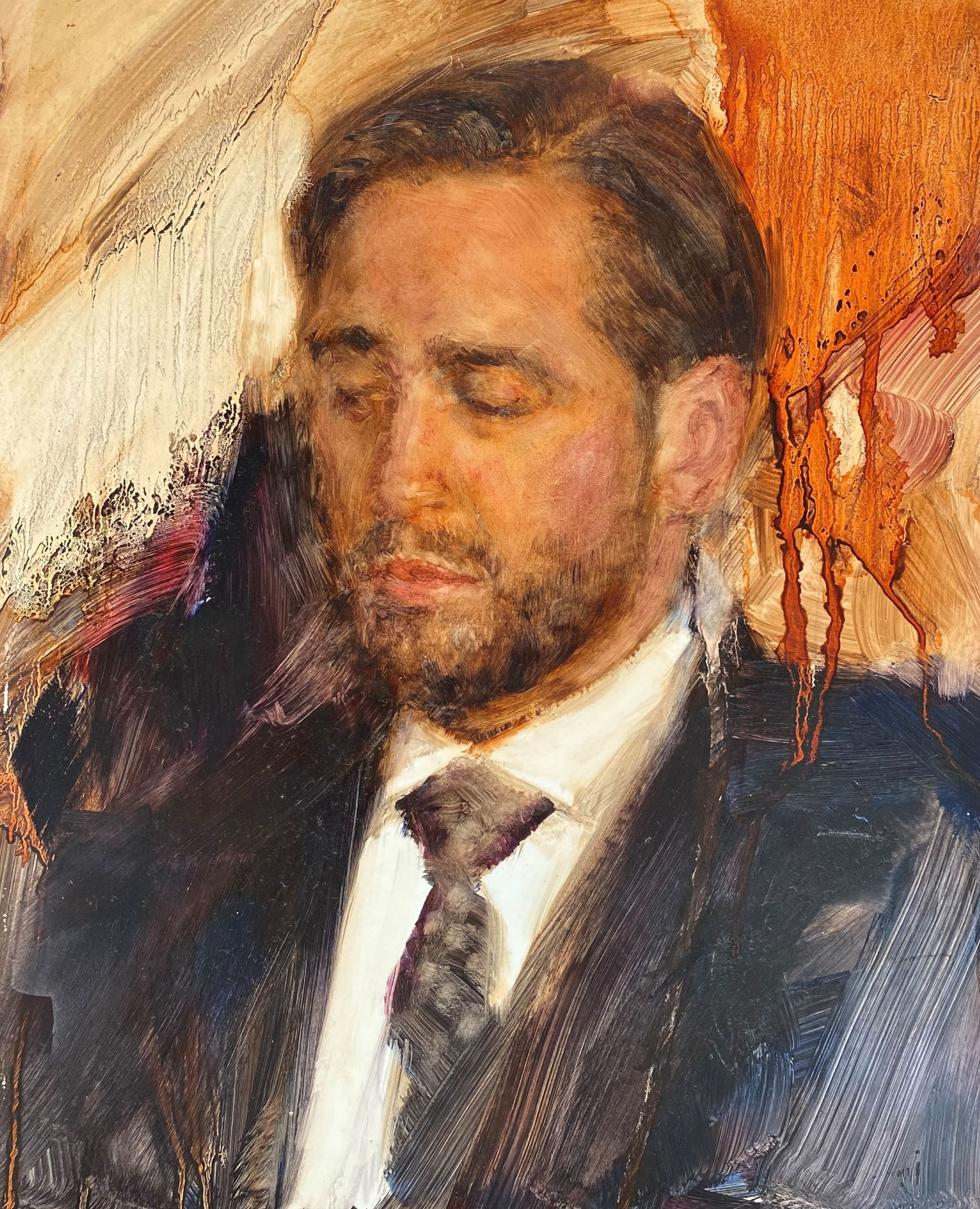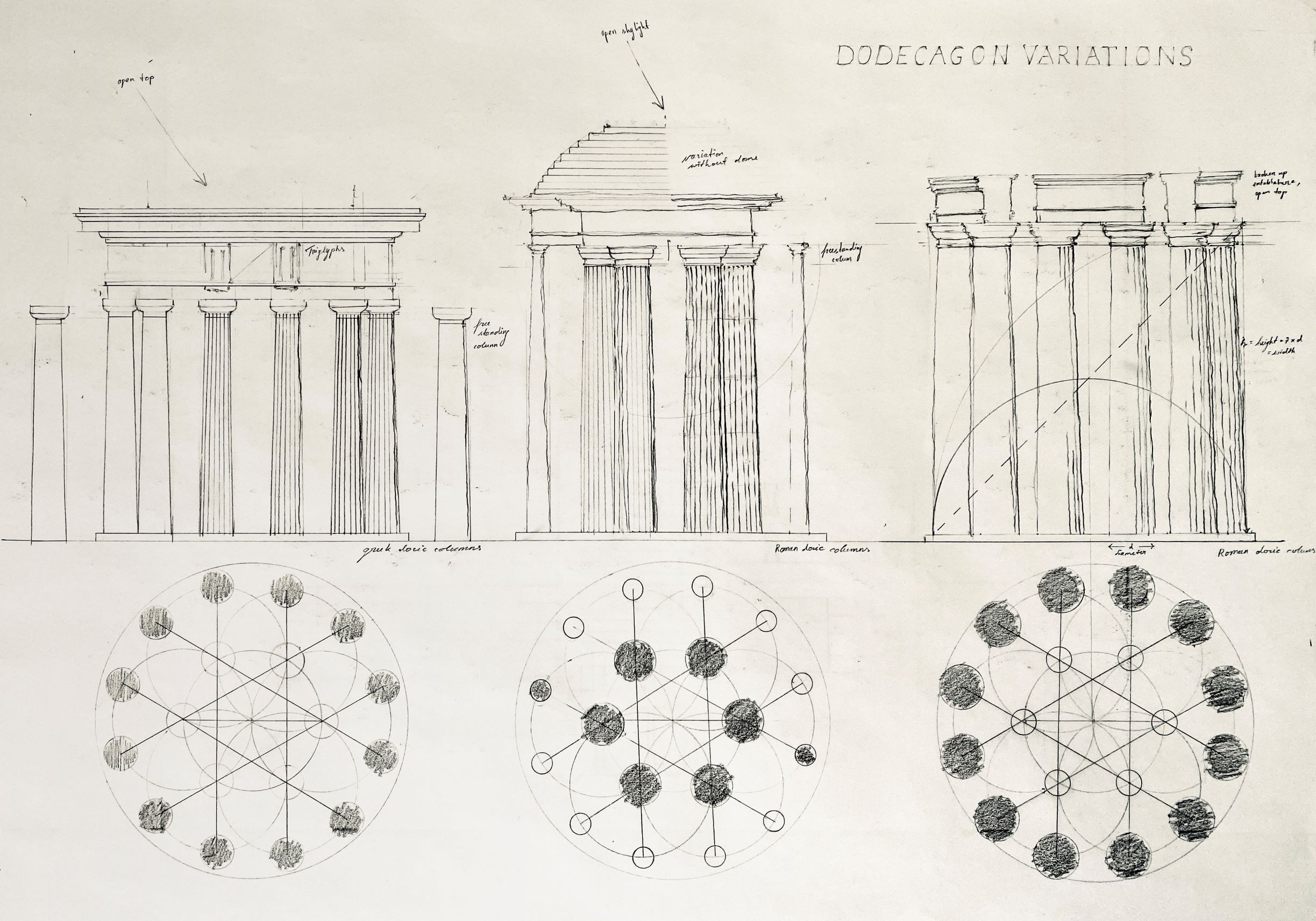News 28 February 2023
News from the Research Programme
by Dr Linden Peach
The last few years have seen two major changes in the School's research degree provision.
One of them came out of necessity as we all grappled with the Covid pandemic. But the other was a result of rethinking the significance of research degrees for traditional artists and how as a research degree team we might place practice at the centre of our programme as was the case in the School's other educational activities.
We have selected case studies from our current student cohort to exemplify practice as researh in the traditional arts and the ethos of our School.

In response to the Covid pandemic, the School undertook more teaching online and developed an expertise in supervising at a distance. The progress made by one of our former MA students, Ran Li, who has been unable to leave her home in China due to the Covid pandemic, has proved truly inspiring. Her research is exploring the sophistication and subtlety of blue and white porcelain from the High Qing period through her own geometric analysis and practice as a ceramicist. While researching in China, she has been able to study in a traditional ceramic workshop with traditional Chinese 'masters'. This has enabled her to learn, through the experience of making, about High Qing ceramics and the skills and techniques involved. Much of this knowledge is not mentioned in textbooks about the period. She has also learnt a great deal about pedagogy in the ceramics studio and how it differs from the ways art is often taught in art schools or similar institutions. Nearly all of the teaching in the workshop is passed on through observation and experience, with words used sparingly and often poetically, or to prompt further thinking or experience, rather than to pass on information. The embodied knowledge required to create exemplary ceramic works and the respect, care, and knowledge exhibited in relation to tools and materials are absorbed through experience and observation. Thus, her ongoing practice alongside the workshop ceramicists has also enabled her to develop her own practice in ways she would not have thought possible and to acquire remarkable insights into the depth and profundity of knowledge required for working in the traditional crafts.

While Ran is a graduate of the School’s MA programme, other students, often established artists with an interest in traditional arts, have come to us from very different backgrounds. Yuliya Lennon, a professional portrait painter, began with us as a distance learning student in California before moving to Scotland. While a very successful practitioner, she felt drawn to medieval portraiture where she saw a spiritual depth not always evident in contemporary art. Researching this through extensive reading, visual analysis, close attention, and particularly her own practice, she discovered qualities, techniques, and a use of line and colour which she has used to reinvigorate her contemporary practice. What has been spectacular for those of us on her supervisory team is to see the ways in which her own practice has been transformed by her insightful, intuitive and imaginative engagement with the medieval.

Another PhD candidate, Victoria Schulz-Daubas, also a painter but an architect by profession, came after completing her MA in architecture. She is working with our architecture team on a project which considers the concept of the sublime over time and aims to recover forgotten understandings of the sublime so they might inform architectural practice today. She is particularly interested in the ways in which the sublime might inspire contemporary architectural practice to meet pressing environmental and societal challenges. Seeing architecture and the society it derives from as inseparable, Victoria argues for a rethinking of both, and is finding opportunities in the sublime to prompt more holistic, empathetic, and perceptive architectural responses.

As the number of students grew this year, and with them the diversity of the projects, we feared that we might lose our treasured sense of coherence as a research group. However, from the very first research seminar, we realised how we shared interests in sustainability; in materials and our involvement with them; in alternative areas of knowledge and different types of perception; in the relationship between aesthetics and spirituality; and in discovery through practice and the enigmatic nature of creativity itself. These themes in our work have been strengthened by the arrival of a new research student, Elma Hogeboom, who is using the theme of Paradise to focus on broader environmental issues in relation to arts practice. Through exploring paintings of paradise in Christian medieval illuminated manuscripts and the equivalent period in Islamic art, where she sees that the theme of Paradise and the execution by the artist are closely intertwined, she hopes to learn about the use of traditional methods and materials. Using this knowledge she will build a library of sustainable materials and the methods behind their creation and use, hoping to share this with other artists who share her wish to work in a manner that is in greater harmony with the environment.

Despite the apparent diversity of our research degree group, there is an ongoing interest not only in the themes mentioned above but in iconography and sacred and devotional art. In the area of Christian iconography, we have been joined by two new research students, Tracy de Bernhardt Wood and Hanne Svane. Tracy is working on the rediscovery of the subtleties of artistic language in the faces of early Byzantine icons, and Hanne is exploring the relationship between regional and universal elements in iconography, through the lens of making an icon screen, drawing on Norwegian traditional architecture and design.
We regularly ask our students why they chose the School. Our newfound emphasis on research into the traditional arts through practice is proving enormously attractive to artists. Students experience the potential for reinvigorating contemporary practice through their creative and inspirational engagement with traditional works of art, methods, and materials. They are telling us, as the above case studies demonstrate, how they appreciate the global nature of our work and that they value how their understanding of themselves, their work, and the world around them has been deepened and enriched through their research.
Moreover, with an eye to the future, we have been joined by two former research students who are acting as advisers and trainee supervisors on some of our supervisory panels, Dr Christabel Anderson and Dr Aleksandras Aleksejevas. We are also pleased to welcome a recent graduate of the University of Edinburgh, Dr Sydney Ayers Mercer, who is working alongside Dr Matthew Hardy to help supervise our architecture research students.
If you would like to hear more about our research or about opportunities for researching at the Princes Foundation, please contact Dr Emily Pott.




